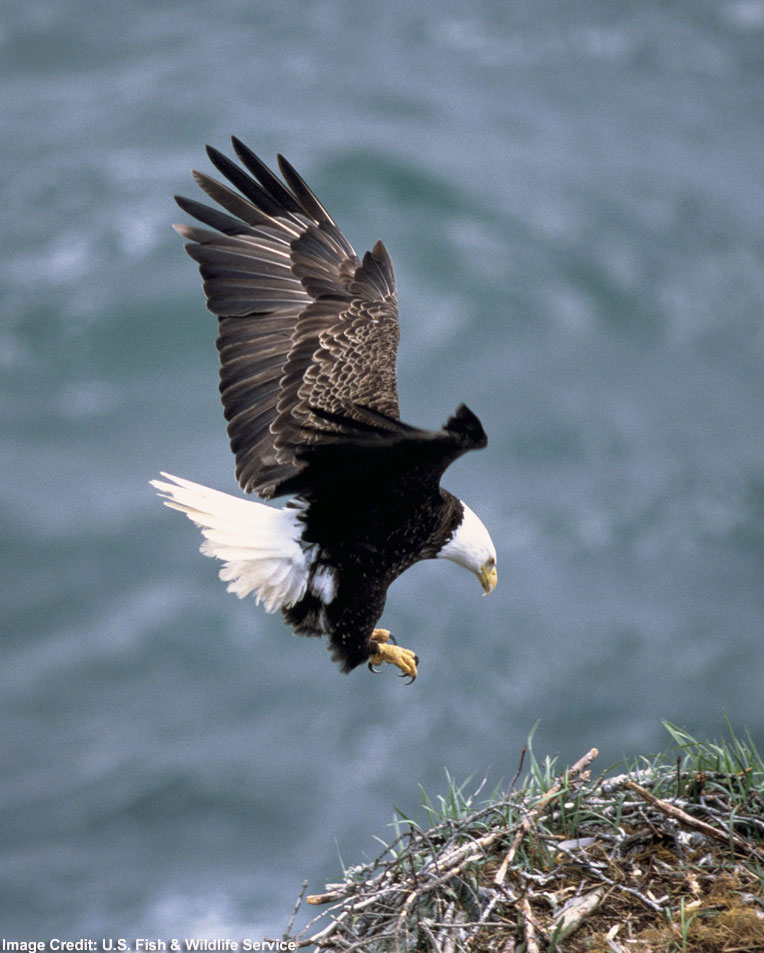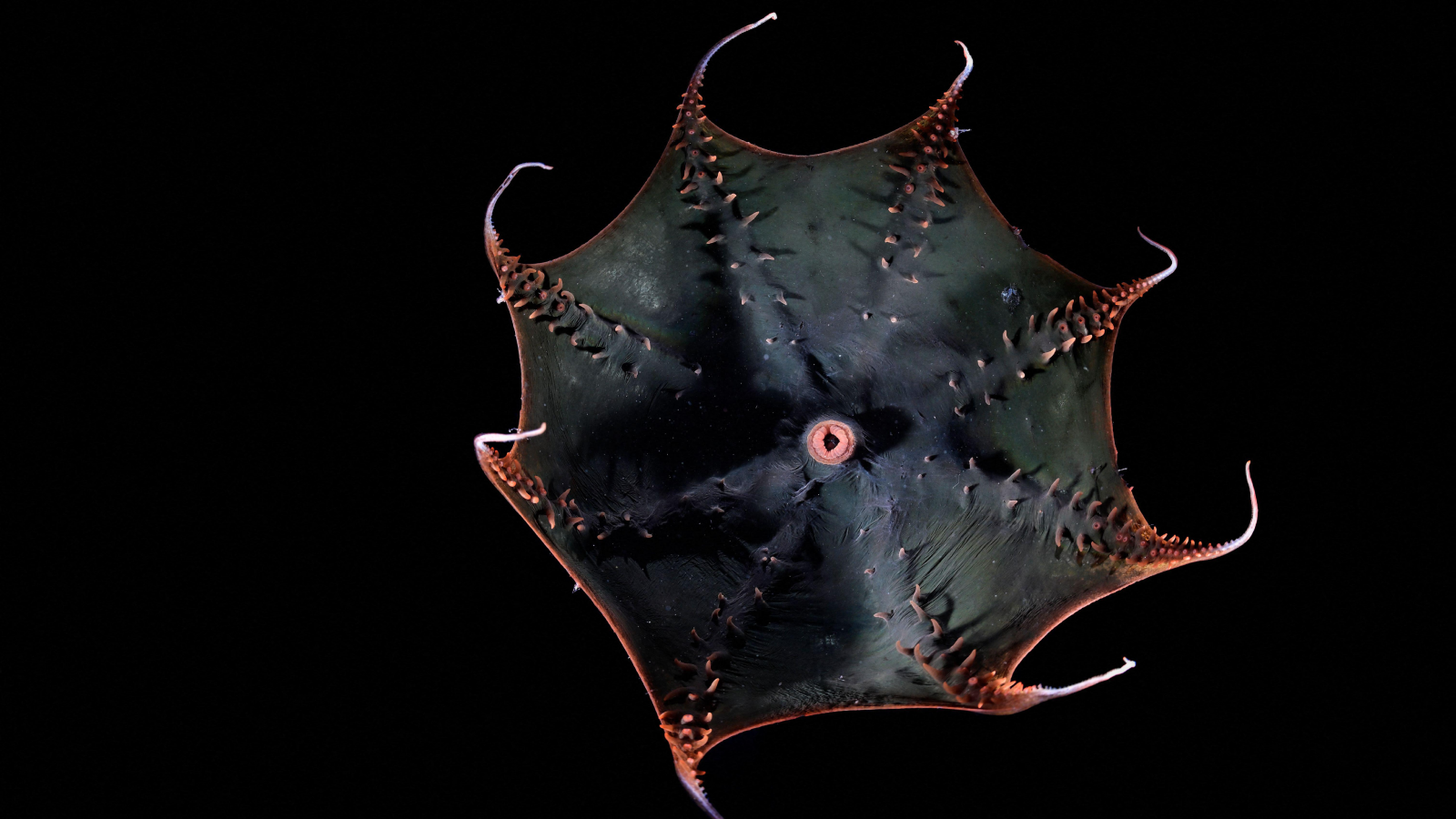Bird Extinctions More Rapid Than Thought

-----
Range: Worldwide.
Characteristics: Large, hooked beak, strong legs and powerful talons. They resemble vultures but have fully feathered heads and hunt live prey.
Birds enjoy a relatively slow rate of extinction, but a new study suggests that rate might be severely underestimated.
Even worse, if current human actions continue, bird extinction rates could skyrocket and 12 percent of the known bird species could be extinct by the end of the century.
The study is detailed in this week's online version of the Proceedings of the National Academy of Sciences.
One per year
Presently there are 10,000 known bird species—most identified after 1850—and an estimated 130 of those have become extinct since 1500, setting the extinction rate at roughly one species every four years.
But according to Stuart Pimm of Duke University, this rate fails to take into account three key factors: The continual identification of extinct bird species from fossil remains; numerous "missing" species that scientists are reluctant to declare extinct; and the fact that current extinction rates were not calculated using the proper baseline date for when the species was first described.
Taking these factors into account, the extinction rate is closer to one bird species per year, says Pimm, lead author of the study. And the rate could be triple that if not for recent bird conservation efforts.
Get the world’s most fascinating discoveries delivered straight to your inbox.
"These are the best estimates of how fast we're driving species to extinction and will help us understand the extinction rates of other kinds of species," Pimm said.
Moving to the mainland
In previous centuries, bird extinctions occurred mainly on islands as Polynesian peoples expanded into the Pacific or Europeans took over the Americas, wiping out birds along the way.
In recent years, scientists are seeing an increased number of extinctions on continents, again because of human activities. Habitat destruction, introduction of invasive species, and climate change combine to threaten many bird species. Before human impact, the estimated rate of bird extinctions would have been only one species per hundred years, researchers estimate
Bird extinction rates are slower than for most animals, mainly because humans threaten higher fractions of other species and people take special efforts to protect birds. Still, if current trends continue, the researchers estimate that the bird extinction rate will continue to climb to as many as 10 species per year.
- Birds of Prey: Vote for Your Favorite
- Eagle Chicks Allegedly Kill Sibling on Web Cam
- Tiny Eagle Evolved into Huge Beast that Barely Flew
- Image Gallery: Endangered and Threatened Wildlife
- Success Stories: Species on the Rebound
- Early Man Was Hunted by Birds


